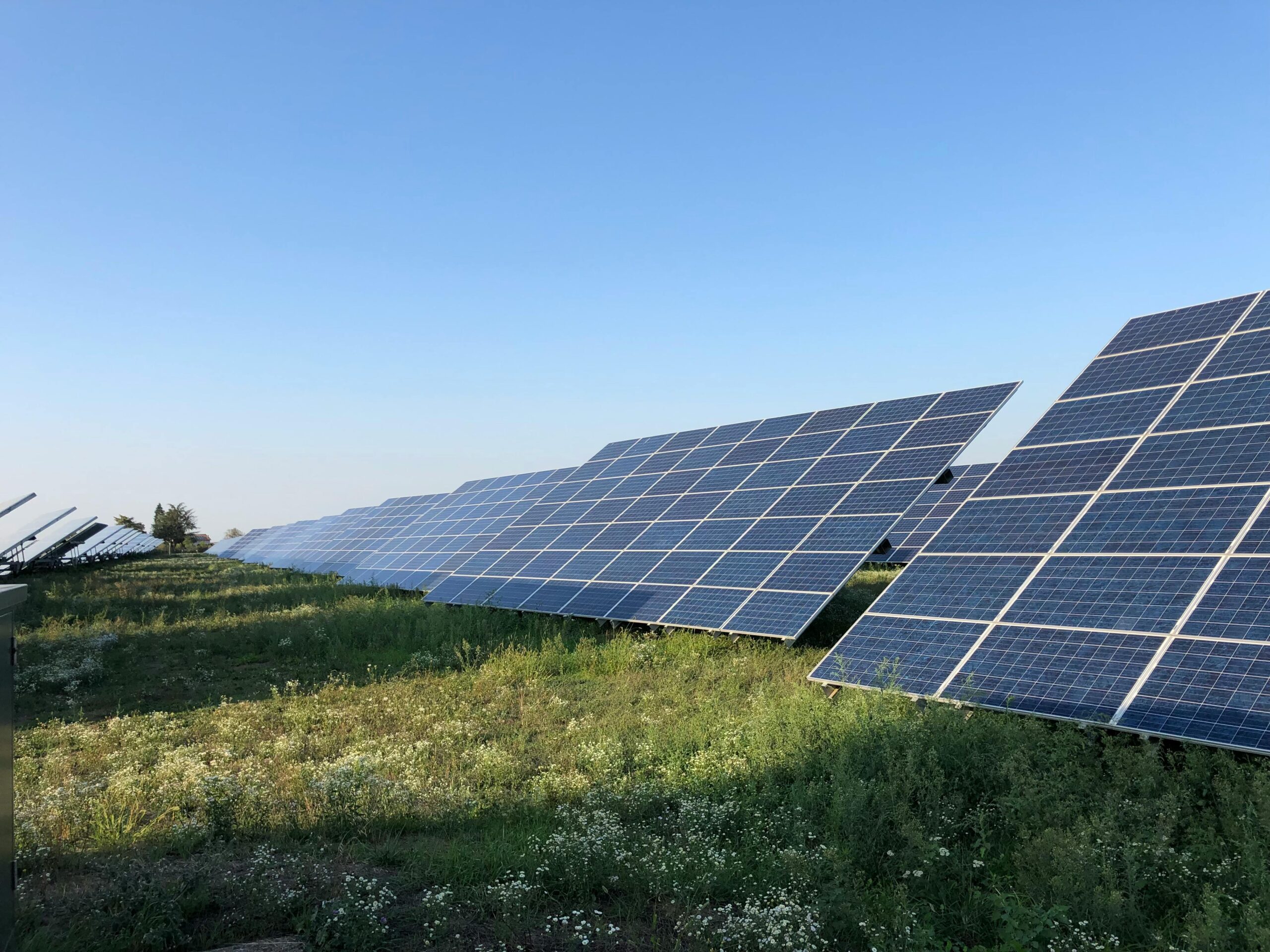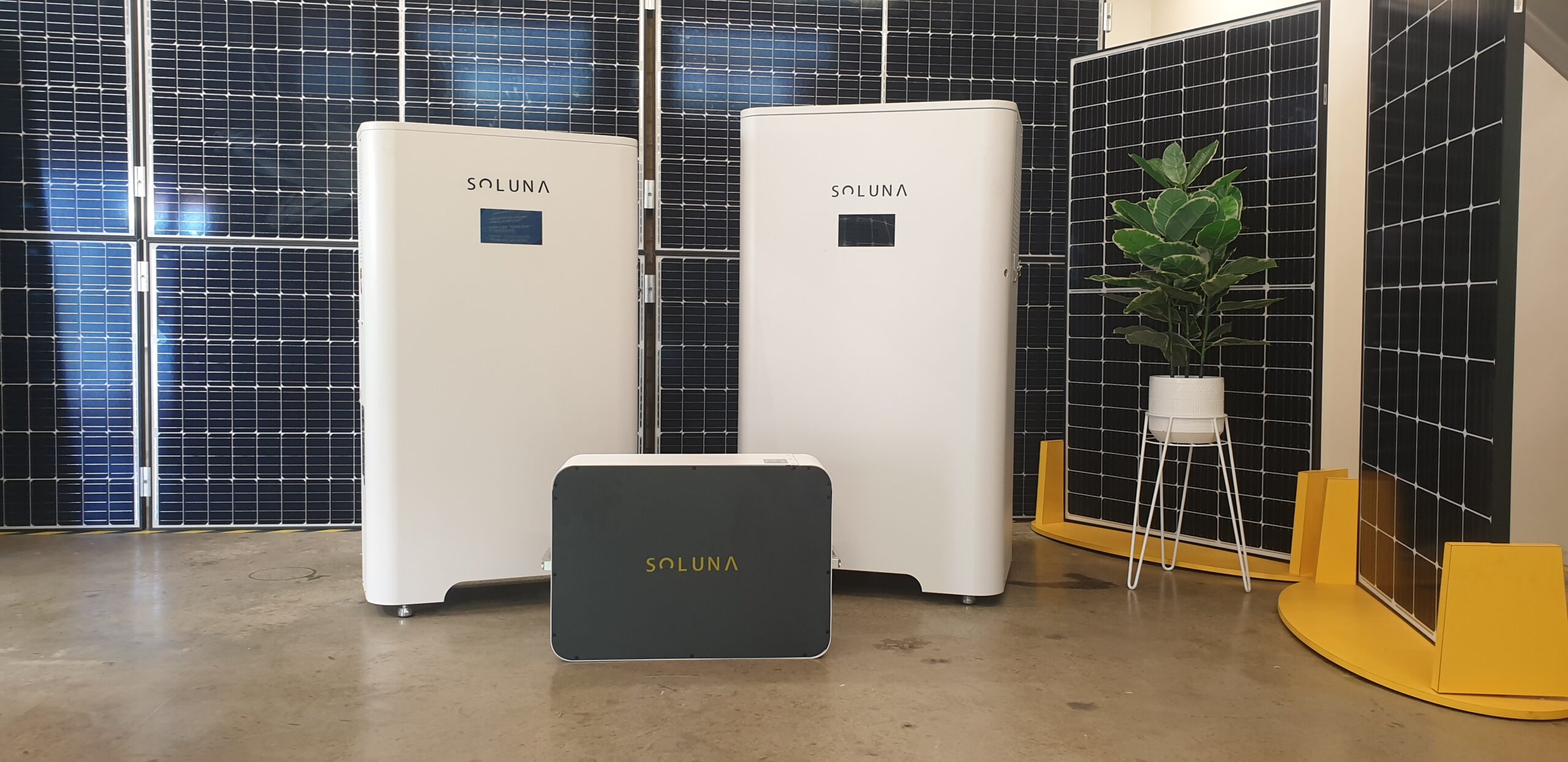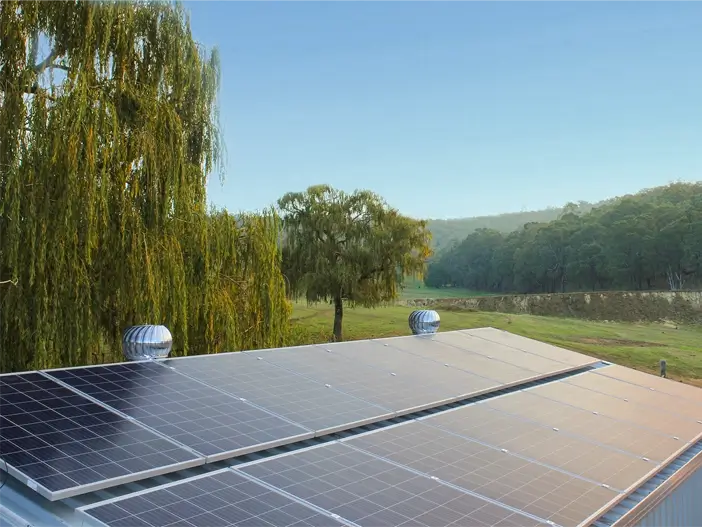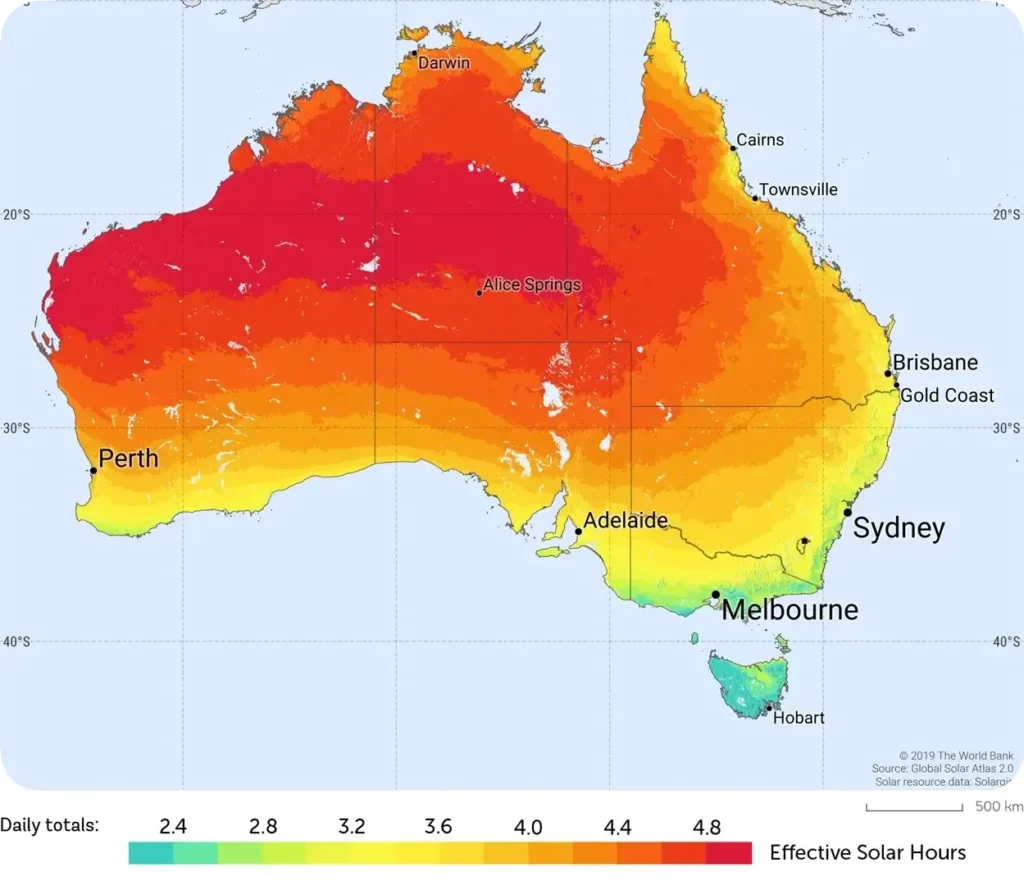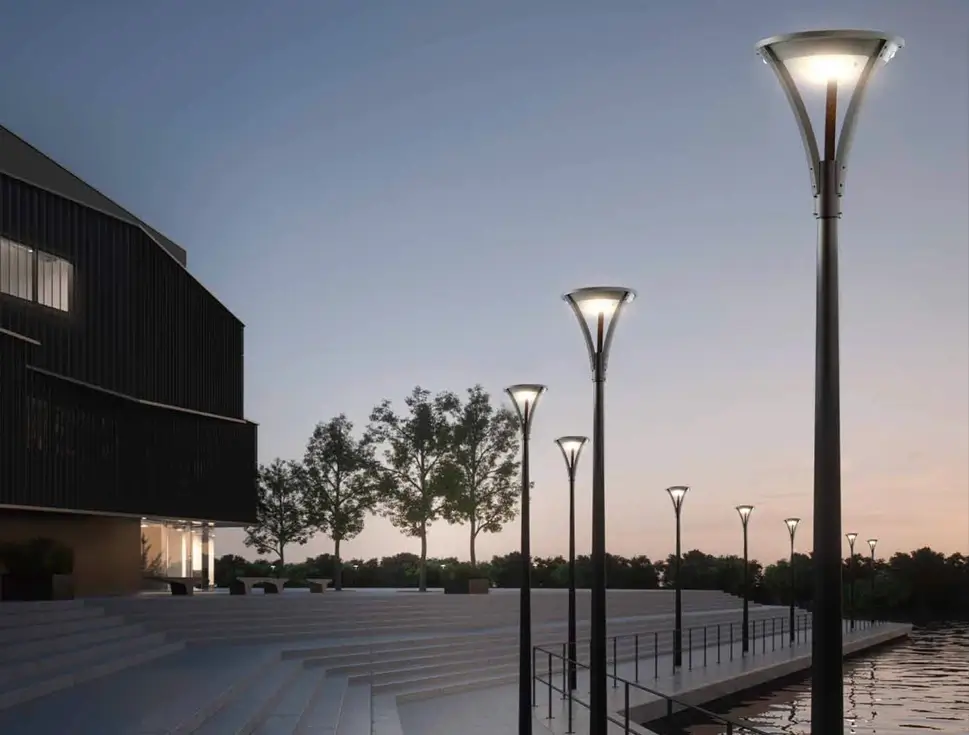
In an era where sustainability takes centre stage, solar lighting emerges as a beacon of eco-friendly illumination. Harnessing the power of the sun, solar lighting systems not only reduce our carbon footprint but also offer a cost-effective and energy-efficient solution for various applications. This blog post will delve into the technical aspects of three prominent types of solar lighting: Solar Landscape & Garden Lights, Solar Flood & Wall Lights, and Solar Street Lights.
I. Solar Landscape & Garden Lights:
These petite powerhouses are designed to seamlessly blend with the natural beauty of your outdoor space. Solar landscape and garden lights are equipped with photovoltaic cells that convert sunlight into electricity during the day. As the sun sets, these lights automatically illuminate, casting a warm and inviting glow. With advancements in technology, modern solar landscape lights often feature LED bulbs for enhanced brightness and longevity. The key to their effectiveness lies in strategic placement to ensure optimal exposure to sunlight.
II. Solar Flood & Wall Lights:
For those seeking a more robust lighting solution, solar flood and wall lights step up to the challenge. These lights are designed to provide powerful illumination over a larger area, making them ideal for security purposes or accentuating architectural features. The solar panels are typically larger to capture more sunlight, and the integrated batteries store excess energy for use during the night. Adjustable settings allow users to customize the intensity and duration of the light, providing flexibility based on specific requirements.
III. Solar Street Lights:
Taking solar lighting to a grand scale, solar streetlights are revolutionizing urban and rural landscapes alike. Engineered for durability and efficiency, these lights are often equipped with advanced features such as motion sensors and intelligent controllers. Solar streetlights rely on high-capacity batteries to ensure consistent illumination throughout the night, even during cloudy days. With the ability to operate autonomously, these lights contribute to energy conservation and reduce the strain on traditional power grids.
Read More:
For in-depth information on cutting-edge solar streetlights, visit Solar Street Lights. Explore the latest innovations and technological features that make these streetlights a sustainable and efficient choice for modern urban planning.
As we embrace the transition towards sustainable living, solar lighting emerges as a key player in the quest for eco-friendly illumination. From the charm of garden lights to the functionality of streetlights, harnessing solar power not only brightens our surroundings but also illuminates a path towards a greener and more sustainable future.





